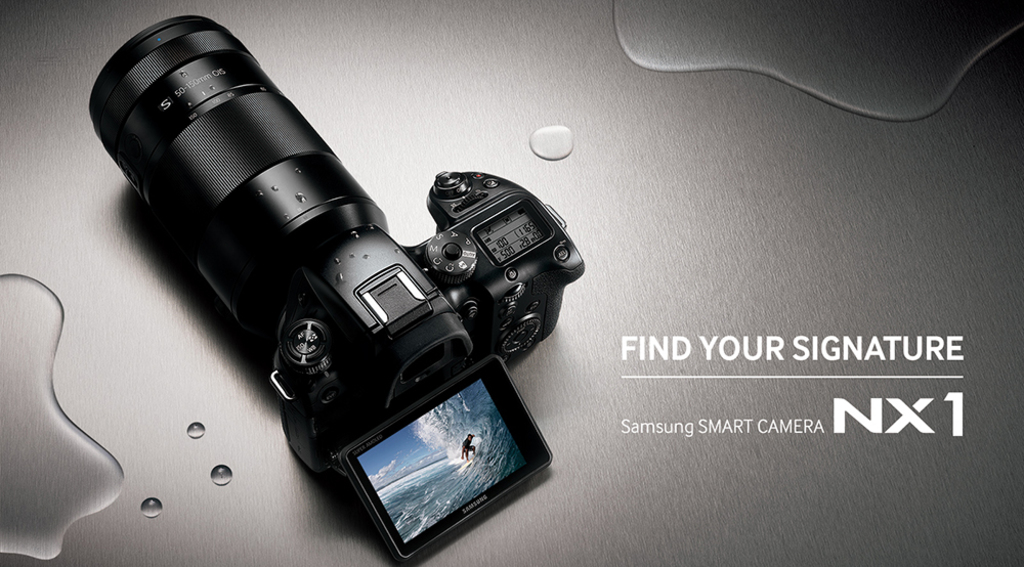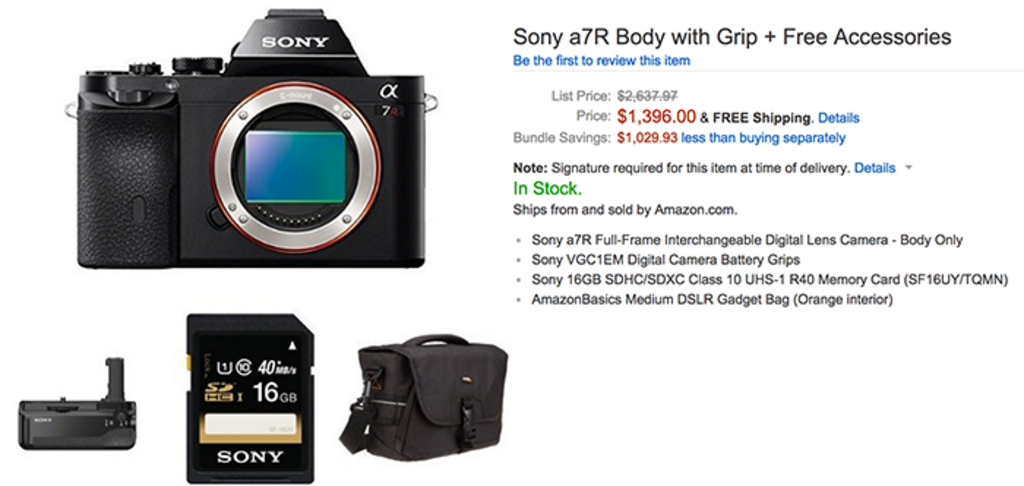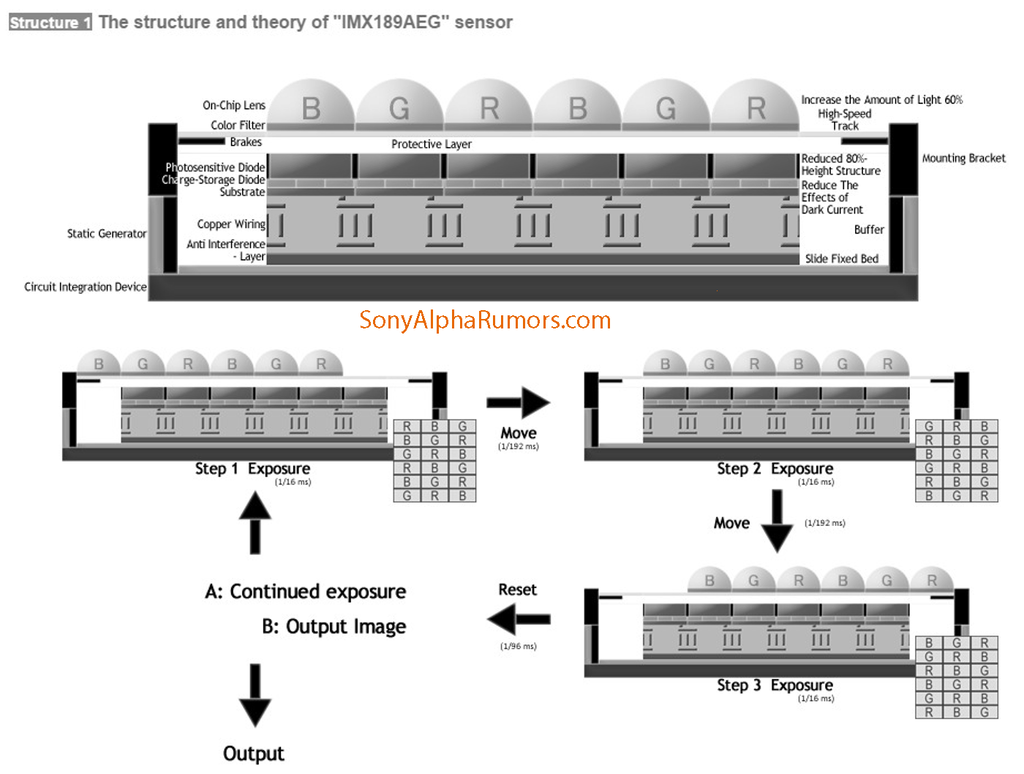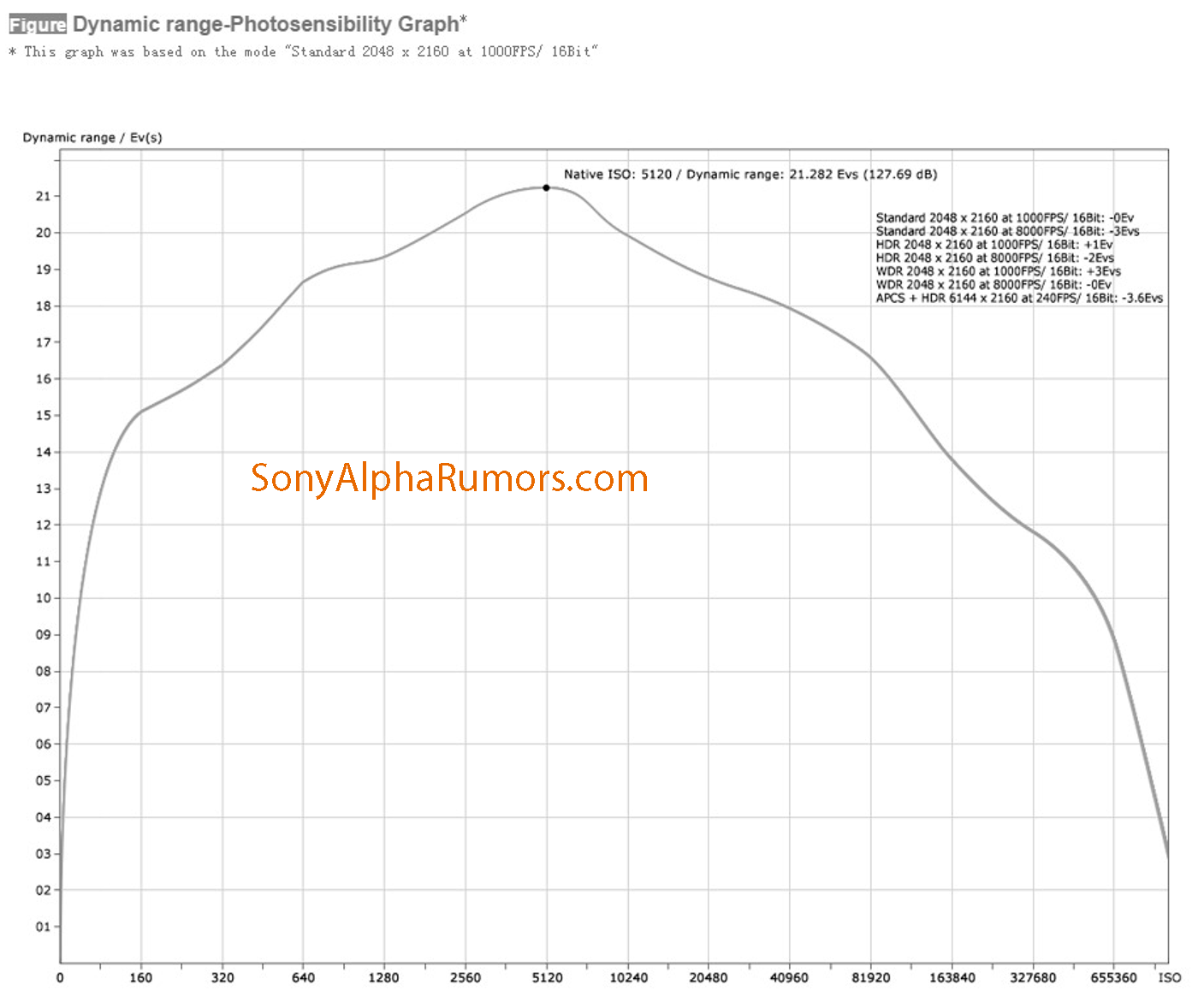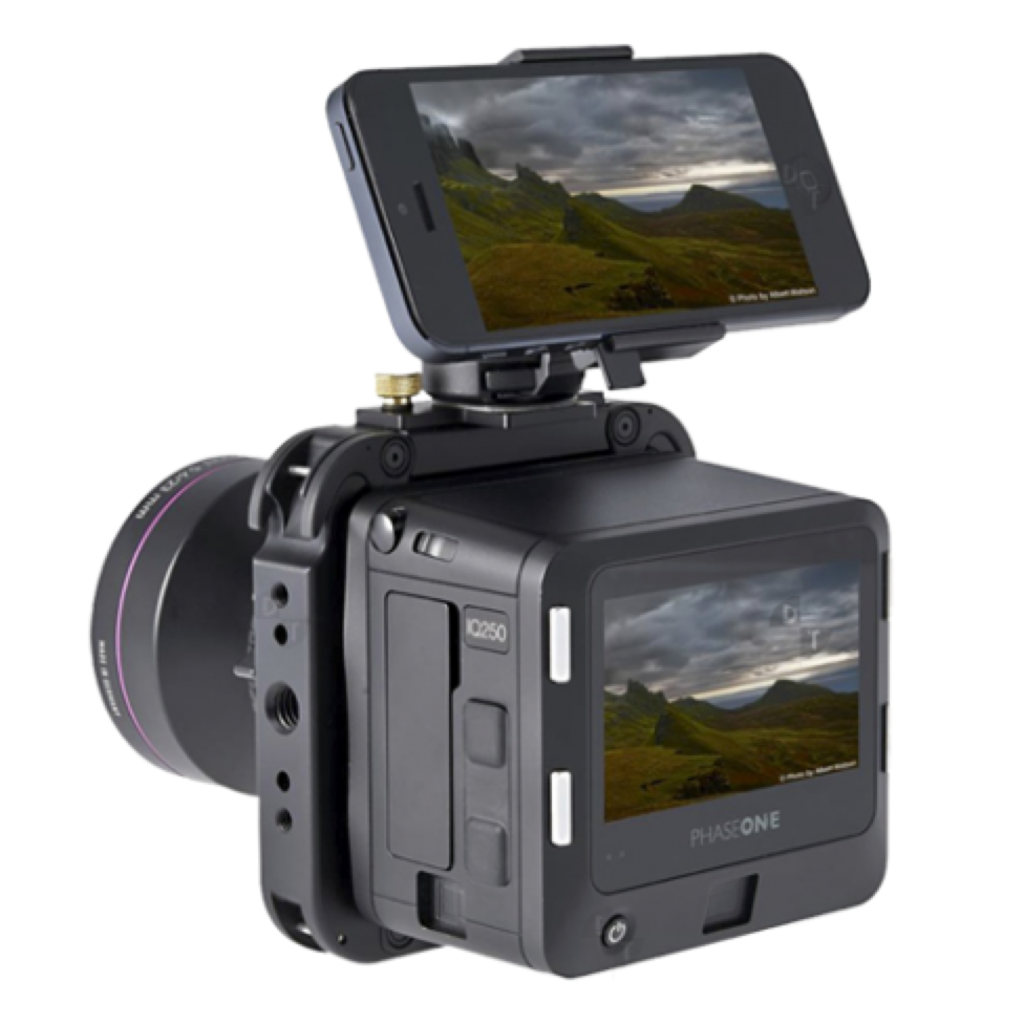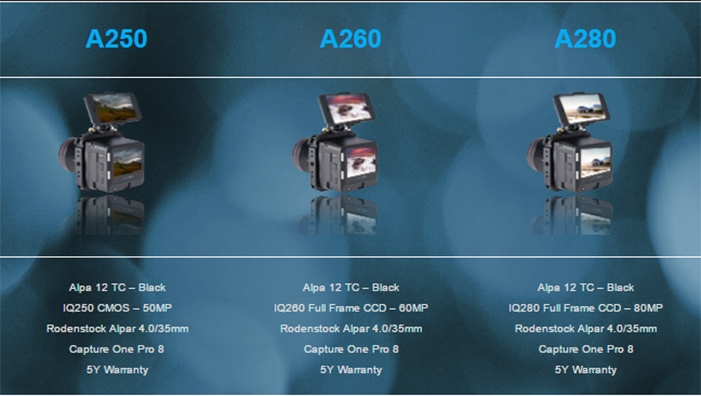January and February announcements coming from Sony, Olympus, Fuji, Samsung and Panasonic!
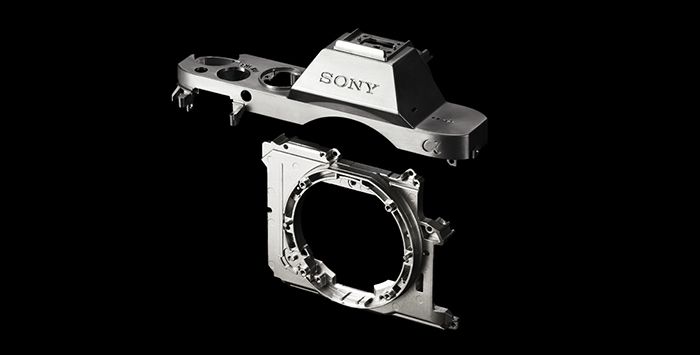
As far as I know there will be certainly new product announcements from those companies right before the CP+ show start in Mid February:
Sony: New PRO E-mount FF (100% sure it’s coming), maybe a new APS-C E.mount (50%). And certainly the lenses that have been already presented at Photokina.
Olympus: New E-M6 (100%). Maybe also the 7-14mm PRO lens.
Panasonic: No news on cameras but the 30mm f/2.8 macro is coming.
Samsung: NX400 with NX1 sensor (100%)
Fuji: Not sure yet what’s coming but we have been told “something” is coming for sure.
I have no news about mirrorless stuff from Nikon Canon Sigma and Ricoh-Pentax.
